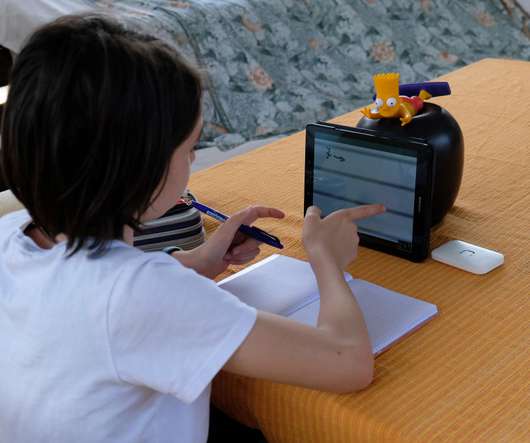Responding to COVID-19: How Are the Children?
Digital Promise
MARCH 24, 2020
As teachers look for supplemental material to send home, they can share this Roadmap with parents via school portals, email, social media platforms, and texting. Bridging The Digital Divide. Across the country, several school districts are diligently working to try and bridge the digital divide as best they can.
















Let's personalize your content